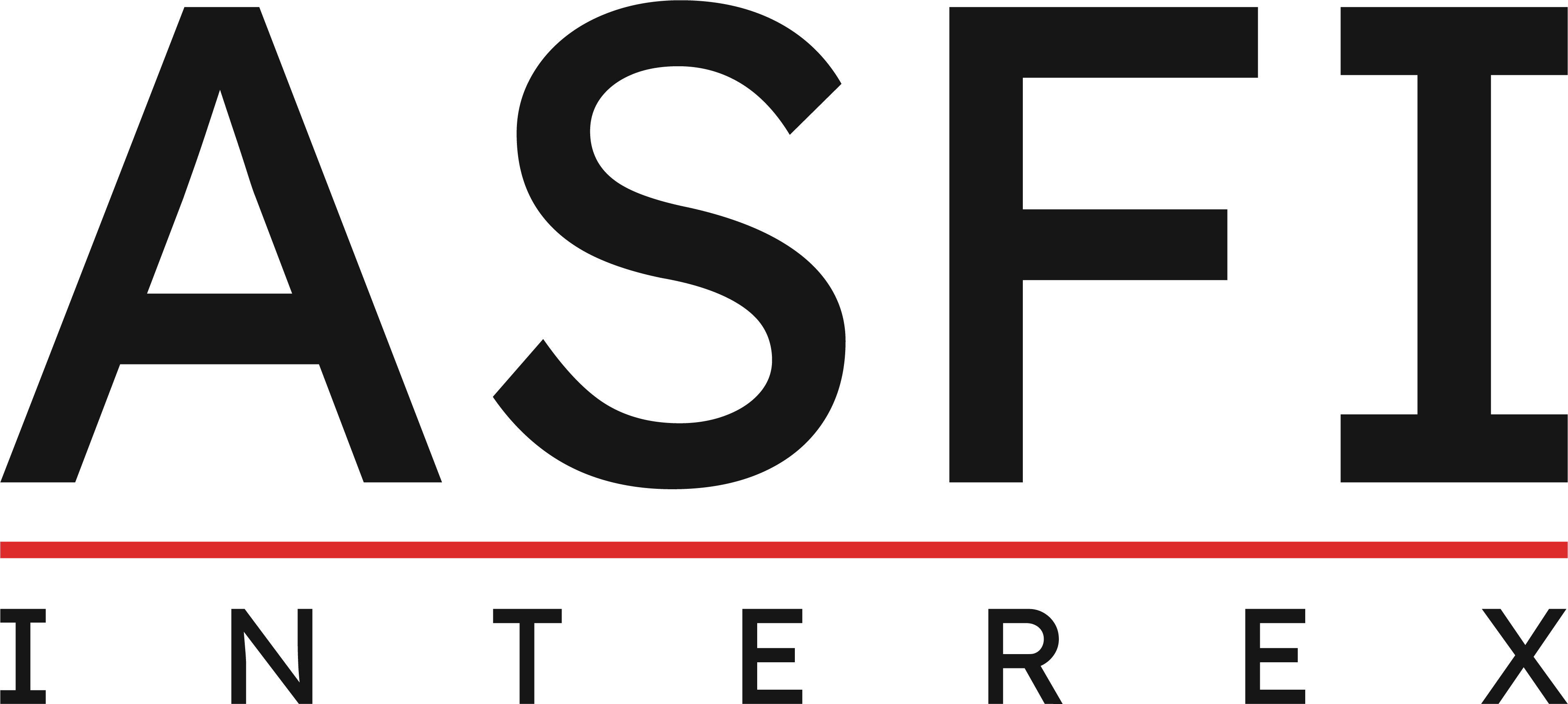Since it takes a major period of time, a substantial quantity of electrical sources is consumed, making it a significant drawback for a public blockchain community. Further, as a result of its slow nature, public blockchain can’t compete with its counterpart on scalability issues. Indian IT law or for that matter, any present privacy laws throughout the globe, fail to bring inside its fold, the privacy of blockchain customers. One of the important features of this expertise is being identified by other individuals of how the transaction has taken place and who were its members. Such participants could be recognized by IP addresses, digital identifiers, and their public keys. Therefore, privateness to delicate data as mentioned in Section 43A, would not cover in its ambit, the transactions made via public and private blockchain difference blockchain or the identifiers of its members.
Are Private Blockchains Suitable For Defi And Dex?
For occasion, public blockchains are good for transparency, whereas non-public blockchains swimsuit confidential transactions. The community may be much less clear than public blockchains, and the potential breach of a member node can pose security dangers. Furthermore, the rules throughout the consortium blockchain can generally hinder the network’s performance, an essential factor to contemplate when choosing the right blockchain for finance.
What Consensus Mechanisms Are Used In Personal Blockchains?
A public blockchain community offers transparency and decentralisation, making it suitable for functions similar to cryptocurrency and open financial systems. A personal blockchain is a decentralized ledger that is solely accessible to a select group of individuals or organizations. It has a single operator or entity that controls who can access the network, view data, and create knowledge on the blockchain. To acquire access to a non-public blockchain network, individuals should obtain an invite and confirm their id or provide the required info. Since there are restricted nodes which have permission and access to the ledger, a private blockchain is almost all the time efficient.
Our Response To Cited Disadvantages Of Public Blockchains
The transactions are fixed with smart contracts that increase the effectivity and velocity of the transactions each second. Before diving into the subject, we want to understand how private blockchain truly works and what’s the finest instance of personal blockchain. This kind of blockchain is principally utilized in private corporations for activities like Internal Voting, Asset Ownership and Supply Chain Management. Unlock the complete potential of blockchain expertise and joint data by requesting a value or calling us today. Despite the quite a few advantages of blockchain technology, adoption is still a problem. Blockchain networks are decentralized, which might make it troublesome to make choices and implement modifications.

Digital Transformation In Healthcare: Innovation, Methods & Processes

As a result, quite a few forms of blockchains have emerged, each with its own set of options and functionalities that may be utilized for different actions. A private blockchain, however, is extra susceptible to assaults as a outcome of it is centralized. Private blockchains usually have fewer nodes than public blockchains, making it easier for malicious actors to gain management of the network. All the data on public blockchains are simply available for public access; from verifying the transactions to securing monetary knowledge, a participant/user can use this blockchain for quite so much of uses.
A blockchain is a decentralized digital ledger that data transactions in a secure and transparent means. Because it’s decentralized, it’s not managed by any central authority, and operates on a peer-to-peer network of computer systems. A consortium blockchain network is extra environment friendly scalable and secure than a public blockchain community. A consortium blockchain, however, has a lower degree of transparency. If a member node is hacked, the blockchain’s personal guidelines can render the community inoperable.
Public blockchains can additionally be used to securely concern and confirm id documents corresponding to passports and driver’s licenses. With Verifiable Credentials and DIDs, individuals have full control of when and who they want to share their information with. Credential verifiers can’t access their information with out specific consent. Data is commonly protected by encrypting it which means that it’s was a code that may solely be learn by somebody who has the key to unlock it.
Participants in a public blockchain, then again, are free to have interaction and take use of the system’s advantages; there aren’t any limits on moving into the consensus course of. In a public blockchain system, on the opposite hand, anybody might be part of; there are no limits on who can take part. Anyone might view the ledger, be taught it, write on it, and take part inside the consensus process. Ensuring seamless data switch and communication between totally different blockchains or exterior networks requires standardized protocols and interfaces. Organizations wish to make certain compatibility and clean data move between completely completely different blockchain networks and traditional IT strategies. Overcoming integration challenges and establishing sturdy interfaces are important for profitable implementation.
Many large businesses use quorum in order to remove transaction pricing, higher privacy, and better asset management. In Proof-of-Work consensus mechanism blockchains, the validators of transactions are referred to as miners. They use high-powered ASIC computer systems to search out the proper hash for validating a block on the community. The time and power they put in to validate a block and fill it with transaction data are rewarded by the blockchain within the form of block rewards. It was a public network where all transactions were nameless but viewable to everyone.
Each step of the method could presumably be recorded securely and transparently on the blockchain, enabling higher accountability and belief in the provide chain. Cryptocurrency and blockchain technology have surged in popularity since their inception. Cryptocurrency is a popular investment choice for millions of people. They are customizing it to serve numerous industries such as governance and provide chains, on account of the increased funding.
The constant updates and the extensive spectrum have opened a plethora of opportunities for freshers as nicely as professionals. Private blockchains often operate in isolation from the broader blockchain ecosystem due to safety and privacy concerns. Private blockchains could be tampered with, changed, rolled back and have its transactions even deleted. Examples of public blockchain embody Bitcoin, Ethereum, Polygon, BASE and heaps of extra.
The two most well-known PoA-based permissioned blockchains are Quorum and Hyperledger Besu. As opposed to permissionless protocols like Bitcoin and Ethereum, permissioned protocols have a pre-approved group of validators. These validators, who are responsible for defending the network’s integrity, are often chosen by the organization that established the protocol. As a end result, they are in command of confirming transactions, gathering them into blocks, and reaching an settlement on the state of the blockchain in the intervening time. The worth doesn’t change dramatically depending on the amount of requests made; it stays constant, correct, and inexpensive. Blockchain know-how appears to be setting high requirements in terms of innovation and invention.
- Having a centralised network additionally raises the issue of trust, which is resolved in a public blockchain.
- This article covers an in-depth comparative analysis of private and consortium blockchains.
- As only a few nodes have the right to validate transactions on the community, they’re the ones that make the final determination on any matter.
- This makes it more durable for a single malicious actor to manipulate the network as a result of they would need to manage a majority of the nodes so as to perform a successful attack.
- Each step of the method could be recorded securely and transparently on the blockchain, enabling larger accountability and belief within the supply chain.
A consensus algorithm for non-public blockchain networks is called Istanbul BFT (IBFT). Because it is built on the Byzantine Fault Tolerance (BFT) algorithm, the community can continue to perform usually even when some nodes are compromised or malfunction. In a PoA network, validators are usually people or organizations who have been granted the go-ahead to validate community transactions after undergoing due diligence. These validators are in control of sustaining network security by making sure that solely legitimate transactions are uploaded to the blockchain. After a block has been verified and uploaded to the blockchain, a everlasting and unchangeable report of all transactions is stored there.
Private blockchains supply enhanced privateness and control—essential in supply chain administration, voting, asset ownership, and interbank transactions. They provide quicker transactions and scalable network sizes to satisfy particular necessities. However, the key distinction between personal and consortium blockchains on this parameter is that on a private community, one entity or organisation can override a transaction. But within the case of a consortium blockchain, there are a gaggle of organisations at its head which have this proper.

Many startups and entrepreneurs have began their businesses primarily based mostly on blockchain growth providers. Blockchain know-how has created lots of buzz in lots of industries just like banking, finance, healthcare, provide chain management, and additional. This know-how has additionally confirmed its nice potential in the creation of digital foreign exchange. When compared to personal blockchain platforms, public blockchain platforms have a greater transaction worth. In reality, the platform has quite a few nodes, which slows down performance.
Read more about https://www.xcritical.in/ here.

